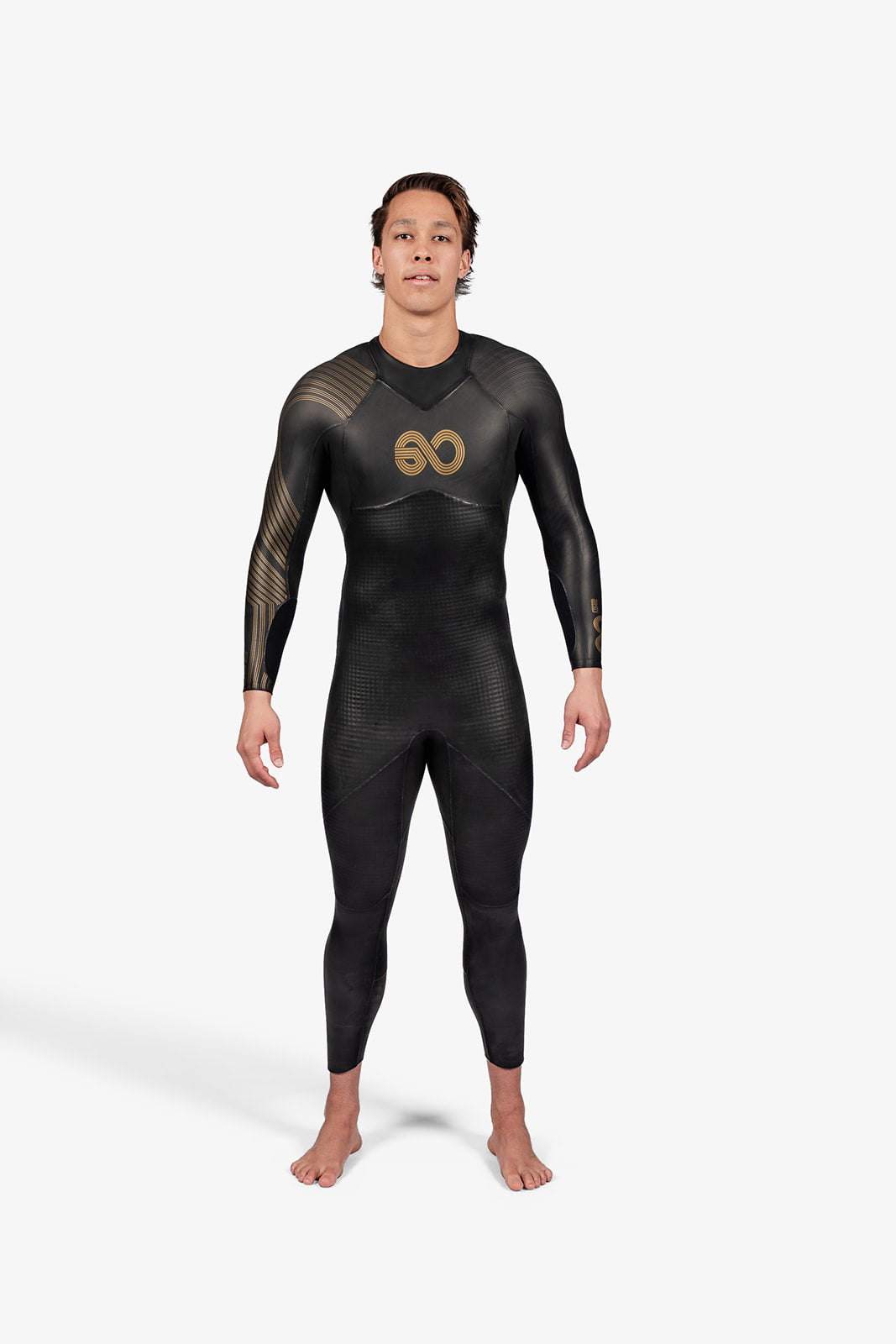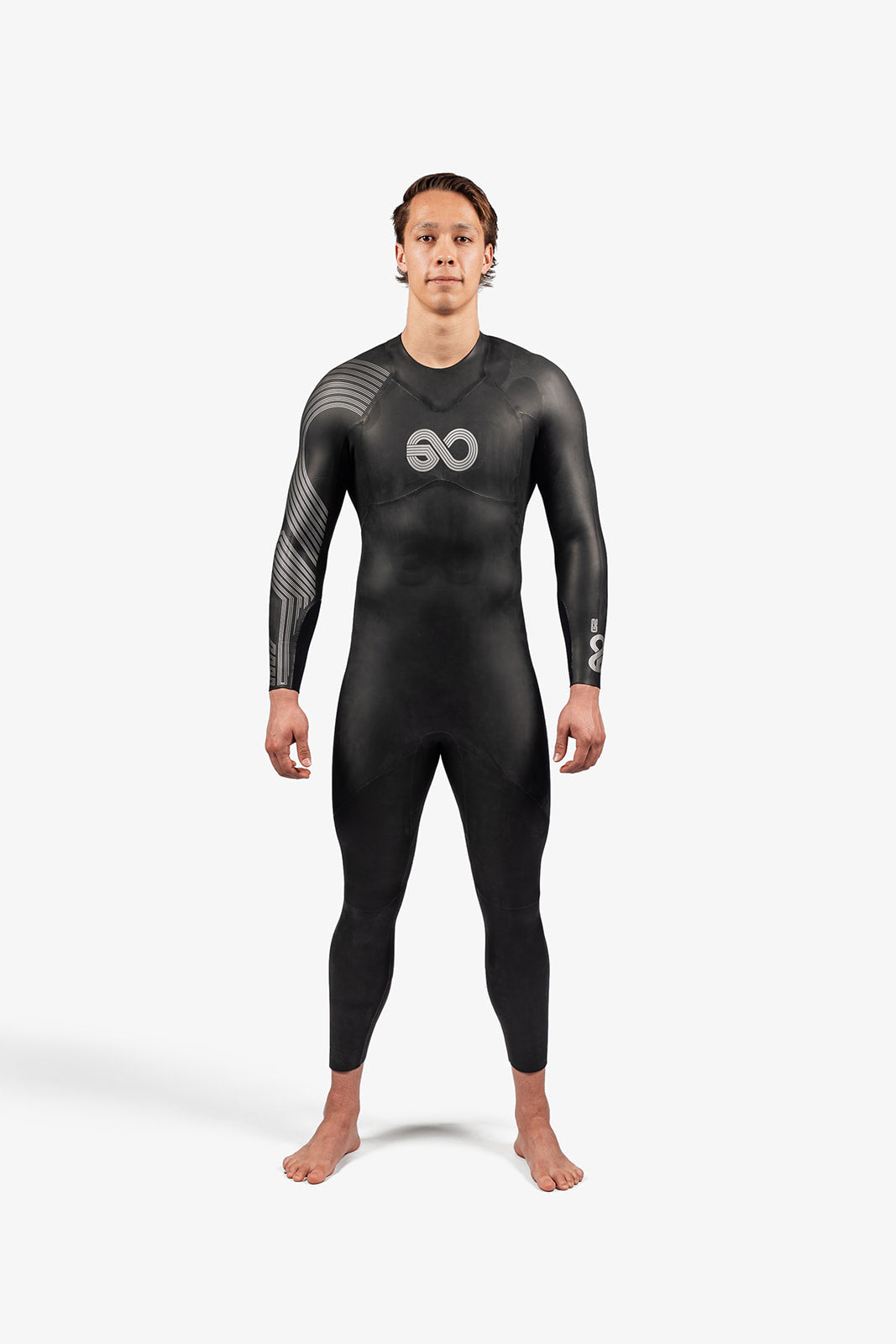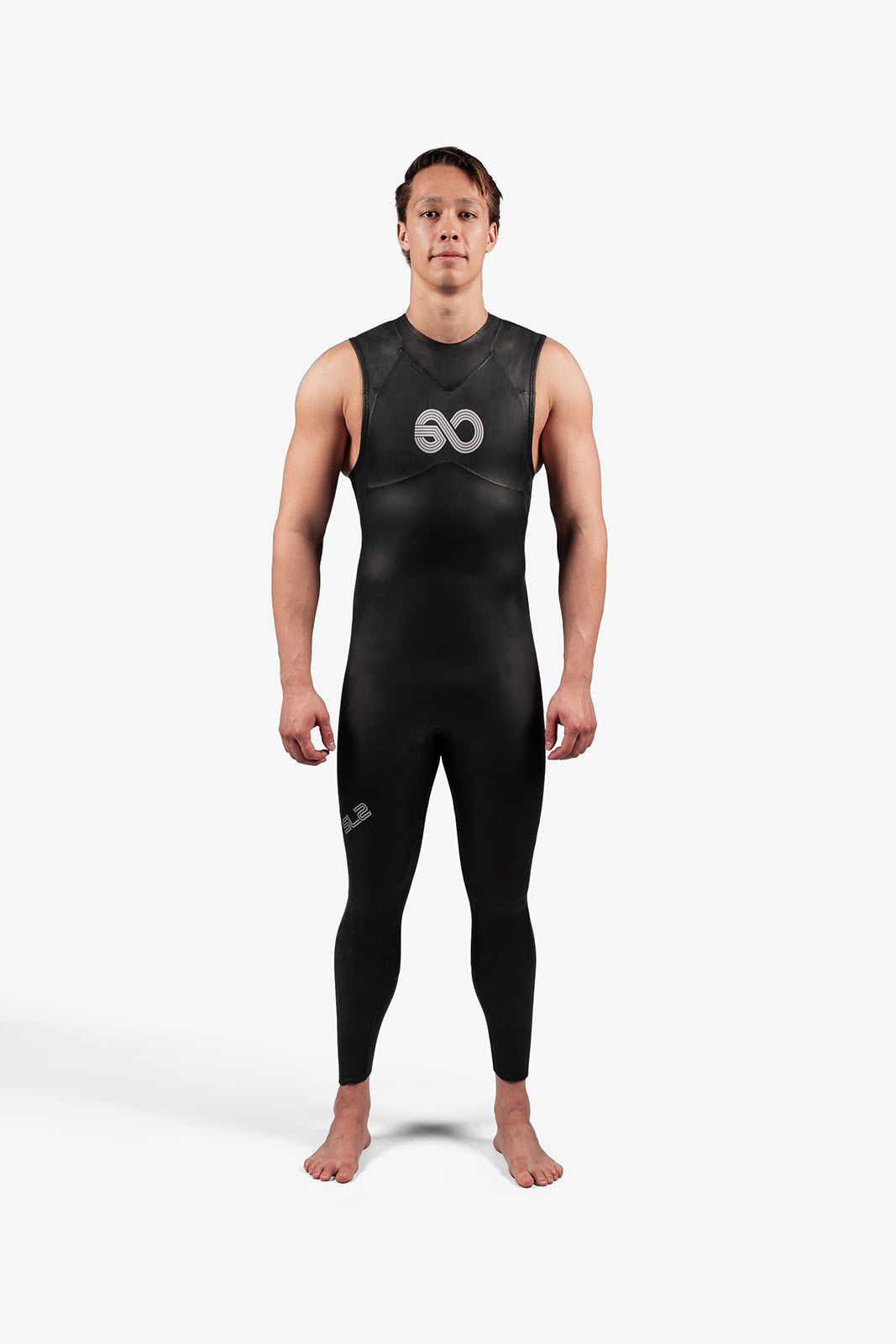The Portsea swim classic is one of my favourite ocean swims in Victoria and is a must swim for any open water enthusiasts. The swim is located in the Point Nepean National park on the Nepean Peninsula. The swim is swum in late January each year in the height of summer. Unlike a few of the other ocean swims in Victoria that always appear to have choppy and challenging conditions, the conditions on the day of the Portsea Swim Classic are always perfect and pristine.
There are two swims at the event, the 1.5km Portsea Swim Classic and the 2.5km Portsea Gold. The swims are timed each year to run with an outgoing tide so that each swimmer has the support of the tide pushing them towards the finish line.
The swims race strategy is straightforward; before the race, compare your start time to what stage of the outgoing tide is occurring, determining how far out to sea you swim. If there is no tide, stay close to the beach; stay further offshore in the faster-moving water if the tide is running. At the start of the day, the Portsea Gold swimmers are often between tides with no current pulling you towards the finish line. However, once the 1.5km Portsea Swim Classic race begins, the tide will be pulling fast; how fast will depend on the timing.
Each year that I have competed in the Portsea Swim Classic, even if the tide does not appear strong, the water flows faster the further you go out to the deeper water. I may have swam 50 m further than swimmers that stay close to the marker buoys along the course; however, I will have a much stronger current assisting me in the swim.
At the start line, start on the side closest to the Portsea pier and furthest away from the finish line, aim straight out to sea until you become even with the most distant marker buoy and change course to slightly angling out to sea. Once you have tuned the point, you want to be about 30 m off the strait of buoys, however, make sure you do not go too far out to sea as the advantage will not increase, and you will have further to swim back into the finish line. Swimming further out to sea means you will have more room and won’t be stuck in a pack swimming over other swimmers unless everyone reads this post and wants to use this race plan. Once you get to within 300 m of the finish, start to angle into the finish. When I have done this, I have hit the line of the marker buoys about 100 m from the finish line without swimming too far and having to battle the current to come in. The idea of this race strategy and all my other ones is to swim more intelligent, not harder. Many swimmers think it only relates to technique, but if you have the correct open water skills and race strategy, you can quickly come out on top of much faster swimmers in the pull. By focusing on open water skills, freestyle technique and knowing the course, you can get better results without doing hours in the pool to get fit.



